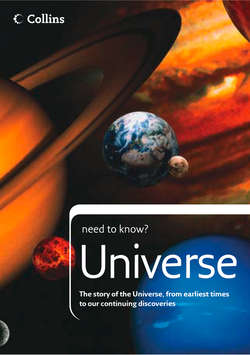Читать книгу Universe: The story of the Universe, from earliest times to our continuing discoveries - Peter Grego - Страница 69
Aerial adventures
ОглавлениеIn the Netherlands, Christiaan Huygens constructed lengthy refracting telescopes whose lenses were suspended on frames in the air and moved by means of ropes and pulleys. Such unwieldy devices – some of them measuring more than 8om (260ft) from objective lens to eyepiece – were required to overcome a defect inherent in simple optics known as chromatic aberration. Caused by the inability of a single objective lens to focus all the colours within white light to a single point, chromatic aberration causes bright objects to appear surrounded by coloured fringes. The longer the objective lens, the less evident the degree of aberration. Huygens also improved eyepiece design by introducing the twolensed Huygenian ocular – a design still provided today with many budget telescopes. Using these ungainly aerial telescopes he discovered Jupiter’s equatorial bulge – the consequence of Jupiter’s rapid spin and its gaseous composition. Bright polar caps were discovered on Mars, in addition to a dark V-shaped feature known as Syrtis Major. Almost half a century after Galileo had discovered the Solar System’s first planetary satellites, Huygens discovered Saturn’s largest satellite, Titan, in March 1655. A conundrum which had baffled astronomers since Galileo – mysterious appendages that seemed to cling to Saturn’s side and vary in size over the years – was finally solved by Huygens, who explained that Saturn had a flat ring system that nowhere touched the planet.
